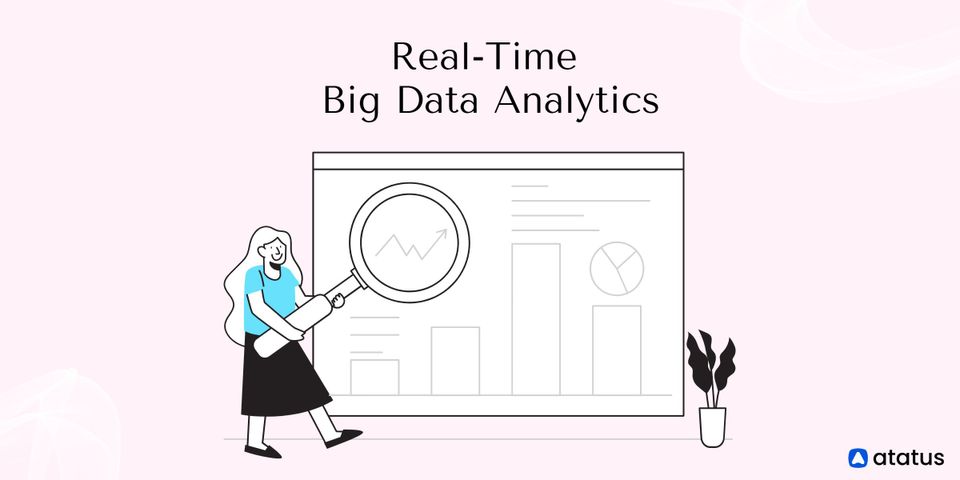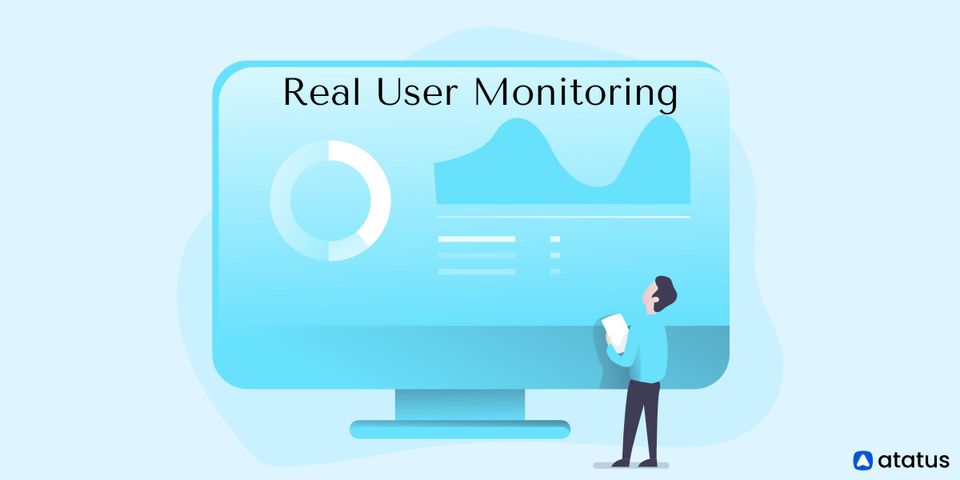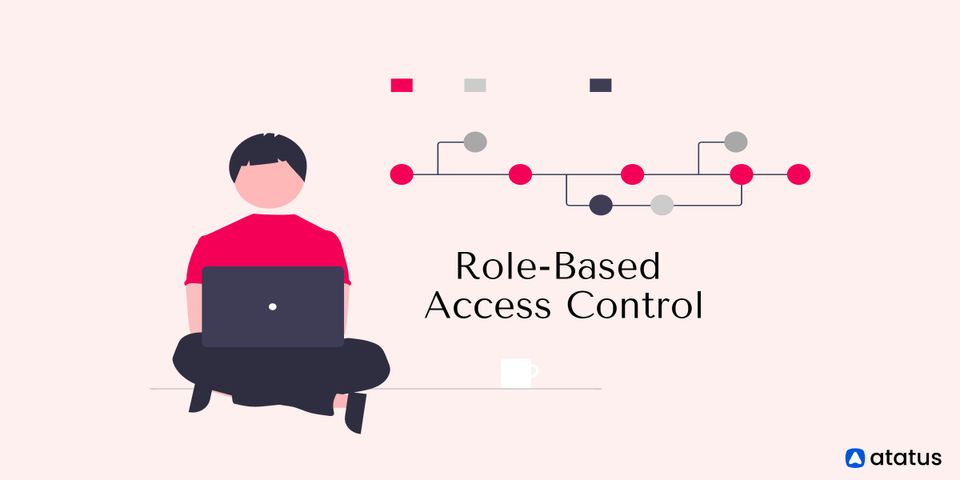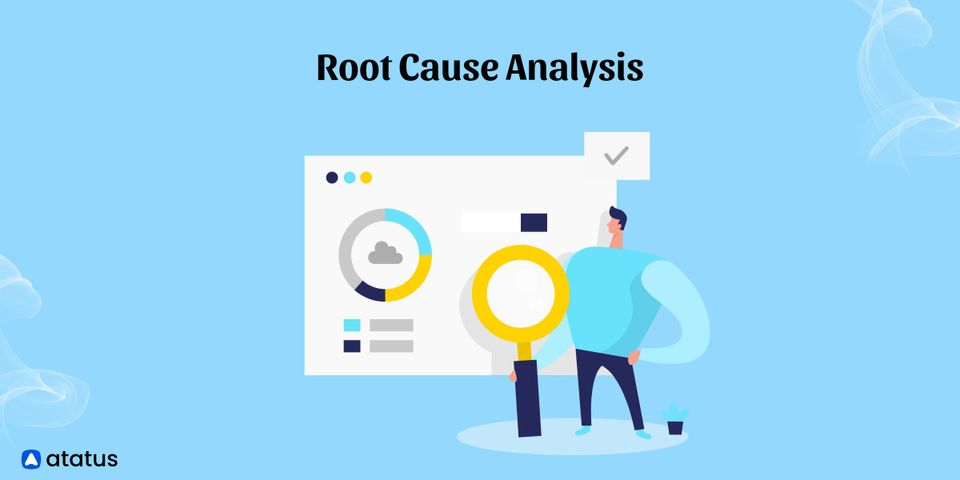While both real-time analytics and big data are popular, real-time big data analytics, which combines the two, appears to be a very promising endeavor that many firms should be interested in.
Real-time big data analytics, which is part of Itransition's big data services, provide 'live' views of critical corporate information flows in a variety of applications, including sales figures, marketing reach, traffic spikes, tracking internal metrics for staff performance, high-speed volatile markets, the disposition of deployed fleets, and fraud detection, among many others.
We will cover the following:
- What is Real-Time Big Data Analytics?
- Brief Explanation
- Benefits of Real-Time Big Data Analytics
- Challenges in Real-Time Big Data Analytics
- Use Cases for Real-Time Big Data Analytics
What is Real-Time Big Data Analytics?
Real-time big data analytics is a new technology that is changing the way IT organizations gather meaningful business knowledge, detect cyber security threats, and assess the operation of essential applications and web or cloud-based services.
Real-time analytics enables businesses to gain awareness of data and take action on it as soon as it enters their system. Real-time app analytics queries are answered in seconds. They can process a vast volume of data quickly and with a short reaction time. Real-time big data analytics, for example, analyses data from financial databases to inform trading decisions.
On-demand or continuous analytics are both possible. When a user wants results, on-demand notifies them. Continuous renovation users can be configured to respond automatically to particular situations as they occur. Real-time web analytics, for example, may re-energize an administrator if the page load presentation exceeds the current limit.
Real-time big data analytics is a software feature or application that allows you to analyze enormous amounts of incoming data as it is being stored or created by your IT infrastructure. Large data collections are regularly analyzed in real-time using enterprise IT security software such as Security Event Management (SEM) or Security Information and Event Management (SIEM) technologies.
Brief Explanation

Let's break down the phrase "real-time big data analytics" into its component elements - "real-time," "big data," and "analytics" - and go further into the subtleties of each one to better grasp what it means.
Real-Time
Real-time data processing in computing fundamentally means that we are performing an operation on the data milliseconds after it becomes accessible. Real-time response is required to neutralize cyberattacks before hackers can harm systems or steal data when it comes to monitoring your security posture, recognizing risks, and performing swift quarantine responses.
In today's cyber security environment, analyzing event logs after the fact to identify whether an attack occurred is no longer effective. By evaluating event logs milliseconds after they are created, real-time big data analytics assists enterprises in mitigating attacks as they occur.
Big Data
Big Data is a buzzword these days, but what is the difference between data and big data? The increasing use of software applications has resulted in the generation of vast amounts of data throughout the digital age. The simultaneous evolution of more cost and space-efficient hardware storage systems has permitted the storage of this data.
As the world's largest data collectors produced data sets with a large number of instances and varying degrees of complexity, it became evident that traditional data processing systems could no longer match their needs.
Fortunately, advances in computing power have resulted in the development of predictive analytics software and other technologies that can assist these organizations in extracting information and insights from their massive data sets.
Log management or SIEM technologies that combine network, application, and event log files into a centralized, standardized database can help IT businesses make the most of their big data.
Analytics
Analytics is a software capability that gathers data from a variety of sources, searches for patterns, interprets those patterns, and then delivers the results in a human-readable fashion. Analytics software employs mathematics, statistics, probability, and prediction models to uncover hidden relationships in data sets that are too large and diverse to be processed efficiently by hand.
To achieve a certain goal, the greatest analytics solutions today combine modern technologies like machine learning and pattern recognition with other software capabilities. To discover Indicators of Compromise (IoCs) and respond to security incidents, IT organizations utilize analytics tools to monitor event logs and correlate events from across applications.
Benefits of Real-Time Big Data Analytics
Now that we've covered the basics, it should be evident that real-time big data analytics is assisting businesses of all sizes in gaining important intelligence faster than ever before by harnessing insights from large amounts of data.
This technique is most commonly used by IT companies in businesses that produce or collect huge amounts of data in a short length of time, such as logistics, finance, or IT.
Here are three ways that real-time big data analytics can benefit IT businesses.
1) Rapid Monitoring and Troubleshooting for IT Operations
IT operations teams are in charge of performing the everyday operating and maintenance tasks that are required to keep the IT infrastructure running.
IT Ops is in charge of monitoring the IT infrastructure using a defined set of control tools (SEM, SIM, or SIEM tools, for example), backing up databases to prevent data loss, and restoring the system in the event of a failure. Real-time big data analytics can be utilized to evaluate event logs from across the network, allowing for quick identification and resolution of customer-facing issues.
2) Rapid Incident Response Capabilities Improve IT Security
IT security analysts are responsible for maintaining the IT organization's security posture and defending against cybersecurity threats. They work in the security operations center (SOC).
Analysts scan through millions of aggregated log files from across the network to discover symptoms of a network intrusion in today's IT security environment, relying on real-time data and analytics. Security analysts employ analytics tools to collect threat intelligence, automate threat detection and response, and conduct forensic investigations following a cyber assault.
3) Collect and Manage Performance Data
The effect of real-time big data analytics extends beyond IT infrastructure monitoring and security. This technology can also be used to collect application usage data and evaluate the performance of cloud-based services.
By prioritizing the correct features and upgrades at the right time, organizations can use that application performance data to drive product development decisions that increase customer engagement.
Challenges in Real-Time Big Data Analytics
Real-Time big data applications present a number of challenges in terms of design, implementation, and operation.
- Real-Time Event Transfer
All current distributed application events should be transmitted in real-time to a processing location. These events can be transported as raw events, filtered events, or aggregated events from their scattered sources. Before being transmitted to the primary decision-making unit, all created current row, filtered, and aggregated events can be transferred to a centralized processing point or distributed intermediate processing points for pre-processing or further filtering and aggregation. - Real-Time Situation Discovery
This stage is intended to discover exceptions in current events and business or operational circumstances in real-time. The policies used to filter and aggregate event transfer can be defined and changed in real-time by situation discovery processes. It can also activate analytical or decision-making processes in order to respond to the observed business or organizational problems. - Real-Time Analytics
This entails utilizing real-time analytical services to identify the fundamental causes of business and operational issues and exceptions. Single or many integrated analytical services may be used in real-time analytical processing. These real-time analytical services should be able to forecast performance and identify the risks associated with changing operations and business environments. - Real-Time Decision Making
It is possible to choose the best alternative for enhancing existing business operations or profitability and choose the most appropriate steps for a reaction to the business or operational environment based on real-time analytics results. Decision configurations aid in the dynamic and intelligent response to changing business and operational scenarios. - Real-Time Responses
This entails initiating, carrying out, and monitoring a real-time decision-making process-defined action. For example, if a corporation decides to buy a specified quantity of shares, the real-time response mechanism will launch a stock buying transaction, send the transaction request, and monitor the transaction's execution.
Use Cases for Real-Time Big Data Analytics
There are more use cases for real-time analytics than we can fairly discuss here; it's been estimated that there are at least 865 suitable areas for business analytics in smart manufacturing alone, with the bulk of them requiring real-time operation and reporting of anomalies. Nonetheless, let's have a look at some well-known examples from various industries.

Web Monitoring
When data abnormalities emerge, digital service providers cannot wait for retrospective analysis. For example, network infrastructure providers such as Content Delivery Networks (CDNs), network providers, and cybersecurity services require immediate access to information about new downtime events in order to respond quickly and effectively.
Financial Markets Monitoring
Stock market prices were likely the most studied and executed of real-time data systems before the development of real-time cybersecurity monitoring frameworks and seismic monitoring systems. The high volatility of trading markets requires immediate stock fluctuation warning, both for automated trading algorithms backed by stock market machine learning models and to keep humans informed.
Real-time streaming financial applications present a unique challenge to data system developers in terms of live analysis, as opposed to simple reporting of changed values, because the flood of data as markets open and close around the world is not consistent in volume or origin across a working day.
As a result, risk analytics based on pared-down past patterns of market trends and behavior may be important, as well as ensuring that anomalous new events aren't overlooked merely because they don't fit previous event trends.
Conclusion
Real-time big data analytics can absolutely become a competitive advantage if properly designed and performed. Given the diversity of real-time interpretations, it's critical to have a complete understanding of the company's requirements for the analytical system.
Check Out:
- AWS Monitoring
- Container Orchestration
- Enterprise Application Integration (EAI)
- IIS Server
- Predictive Analytics
Atatus Real User Monitoring
Atatus is a scalable end-user experience monitoring system that allows you to see which areas of your website are underperforming and affecting your users. Understand the causes of your front-end performance issues and how to improve the user experience.
By understanding the complicated frontend performance issues that develop due to slow page loads, route modifications, delayed static assets, poor XMLHttpRequest, JS errors, and more, you can discover and fix poor end-user performance with Real User Monitoring (RUM).

You can get a detailed view of each page-load event to quickly detect and fix front-end performance issues affecting actual users. With filterable data by URL, connection type, device, country, and more, you examine a detailed complete resource waterfall view to see which assets are slowing down your pages.





